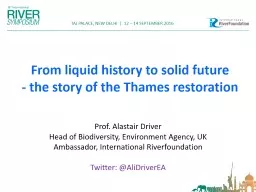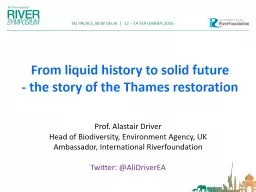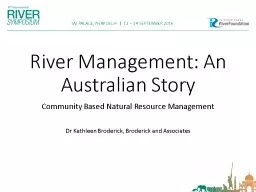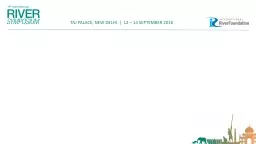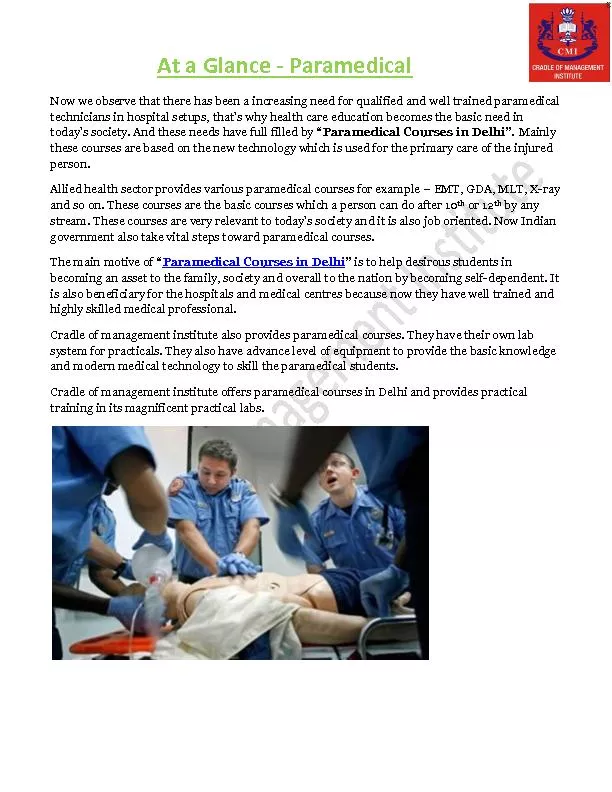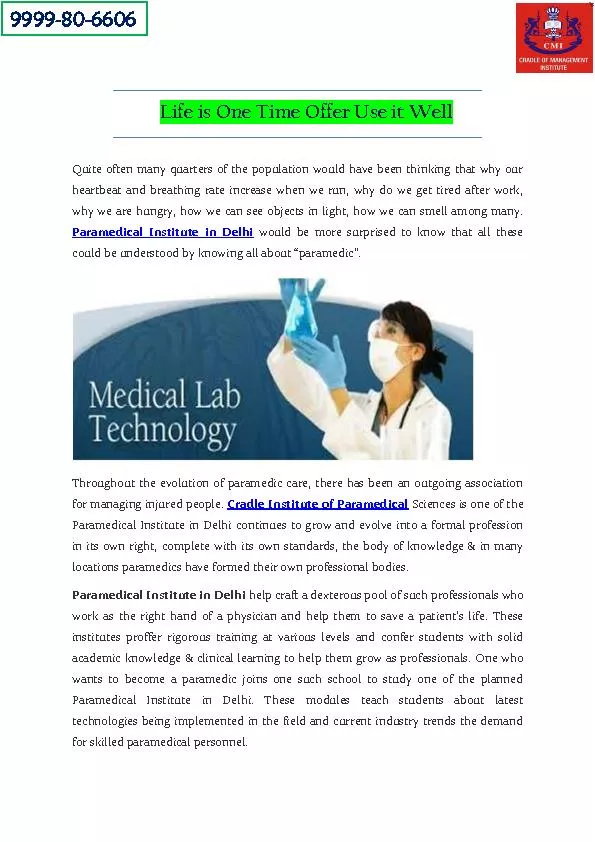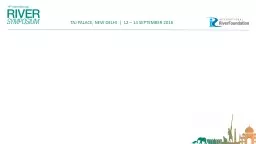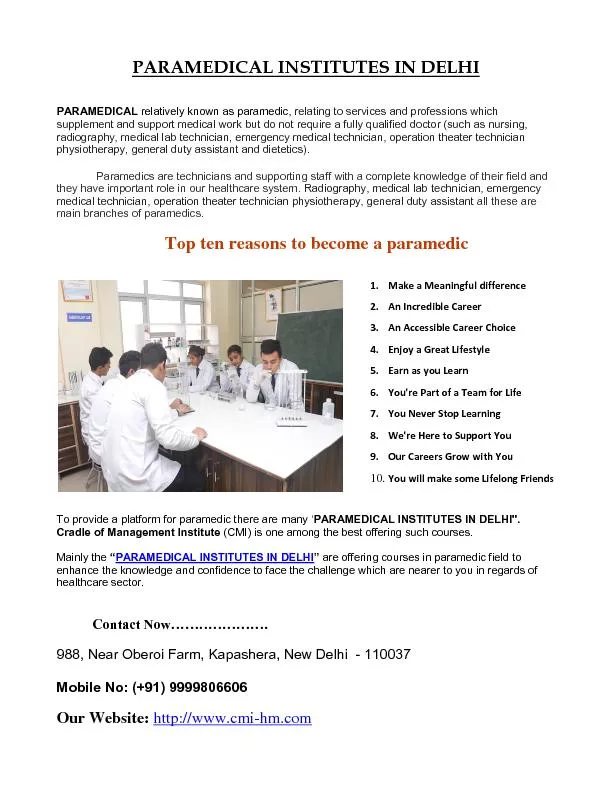PPT-TAJ PALACE, NEW DELHI | 12 – 14 SEPTEMBER 2016
Author : myesha-ticknor | Published Date : 2018-10-23
From liquid history to solid future the story of the Thames restoration Prof Alastair Driver Head of Biodiversity Environment Agency UK Ambassador International
Presentation Embed Code
Download Presentation
Download Presentation The PPT/PDF document "TAJ PALACE, NEW DELHI | 12 – 14 SEPT..." is the property of its rightful owner. Permission is granted to download and print the materials on this website for personal, non-commercial use only, and to display it on your personal computer provided you do not modify the materials and that you retain all copyright notices contained in the materials. By downloading content from our website, you accept the terms of this agreement.
TAJ PALACE, NEW DELHI | 12 – 14 SEPTEMBER 2016: Transcript
Download Rules Of Document
"TAJ PALACE, NEW DELHI | 12 – 14 SEPTEMBER 2016"The content belongs to its owner. You may download and print it for personal use, without modification, and keep all copyright notices. By downloading, you agree to these terms.
Related Documents

